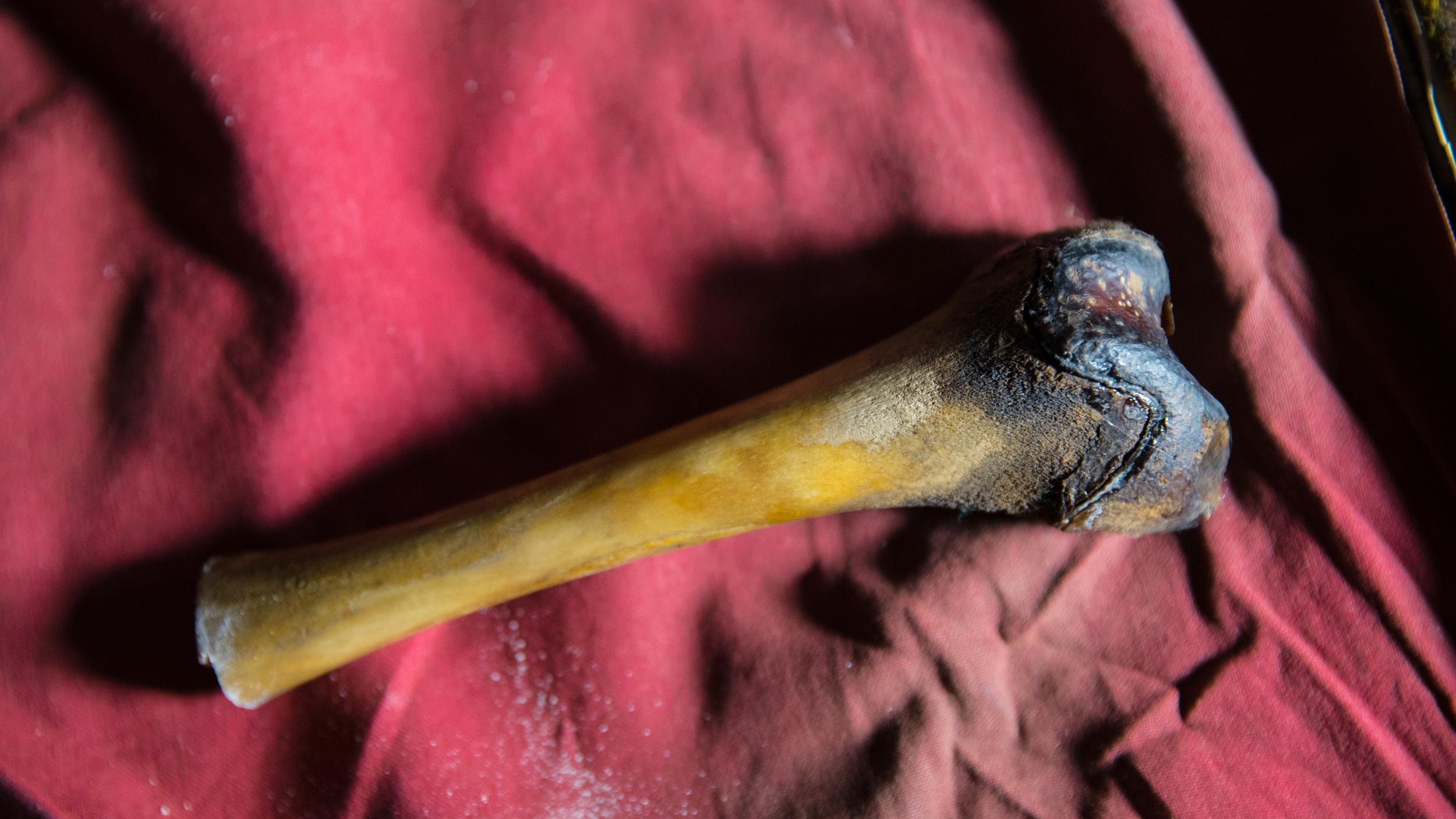Yeti identity mystery finally solved by scientists
Genetic analysis of samples allegedly derived from the legendary monster indicates they belong to Himalayan bears

Your support helps us to tell the story
From reproductive rights to climate change to Big Tech, The Independent is on the ground when the story is developing. Whether it's investigating the financials of Elon Musk's pro-Trump PAC or producing our latest documentary, 'The A Word', which shines a light on the American women fighting for reproductive rights, we know how important it is to parse out the facts from the messaging.
At such a critical moment in US history, we need reporters on the ground. Your donation allows us to keep sending journalists to speak to both sides of the story.
The Independent is trusted by Americans across the entire political spectrum. And unlike many other quality news outlets, we choose not to lock Americans out of our reporting and analysis with paywalls. We believe quality journalism should be available to everyone, paid for by those who can afford it.
Your support makes all the difference.Scientists have revealed the identity of the yeti, in “the most rigorous analysis to date” of specimens supposedly taken from the legendary monster.
The creature, also known as the “Abominable Snowman”, has long been a feature of Himalayan folklore, and became widely known in the Western world following 19th-century explorers’ accounts.
Over the years, various specimens have been collected that allegedly derive from real-life yetis. These formed the basis of a new study led by Dr Charlotte Lindqvist, a biologist at the University at Buffalo.

Genetic analyses of nine “yeti” bone, tooth, skin, hair and faecal samples indicate they derive from bears.
The one exception was a single tooth collected from a stuffed museum exhibit, which came from a dog.
“Clearly, a big part of the yeti legend has to do with bears,” said Dr Lindqvist.
Though the idea that yetis might arise from sightings of bears is not new, the study – published in Proceedings of the Royal Society B – is the most comprehensive analysis conducted so far.
A previous paper linked two yeti samples to a prehistoric polar bear, but it has since been called into question.
By conducting a comprehensive genetic survey of a variety of samples, and comparing them with samples taken from bears, Dr Lindqvist and her collaborators aimed to put the matter to bed once and for all.
The analysis revealed that the team’s samples came from modern bear species: specifically, Himalayan brown and black bears.
“Our findings strongly suggest that the biological underpinnings of the yeti legend can be found in local bears, and our study demonstrates that genetics should be able to unravel other, similar mysteries,” said Dr Lindqvist.
Besides solving monster mysteries, the scientists’ indepth genetic analysis allowed them to learn more about bear populations in the Himalayan region.
According to Dr Lindqvist, understanding the genetic diversity of bears in the region can be beneficial when working on management strategies for these mammals, many of which are critically endangered.
“Further genetic research on these rare and elusive animals may help illuminate the environmental history of the region, as well as bear evolutionary history worldwide – and additional ‘yeti’ samples could contribute to this work,” she said.
Join our commenting forum
Join thought-provoking conversations, follow other Independent readers and see their replies
Comments